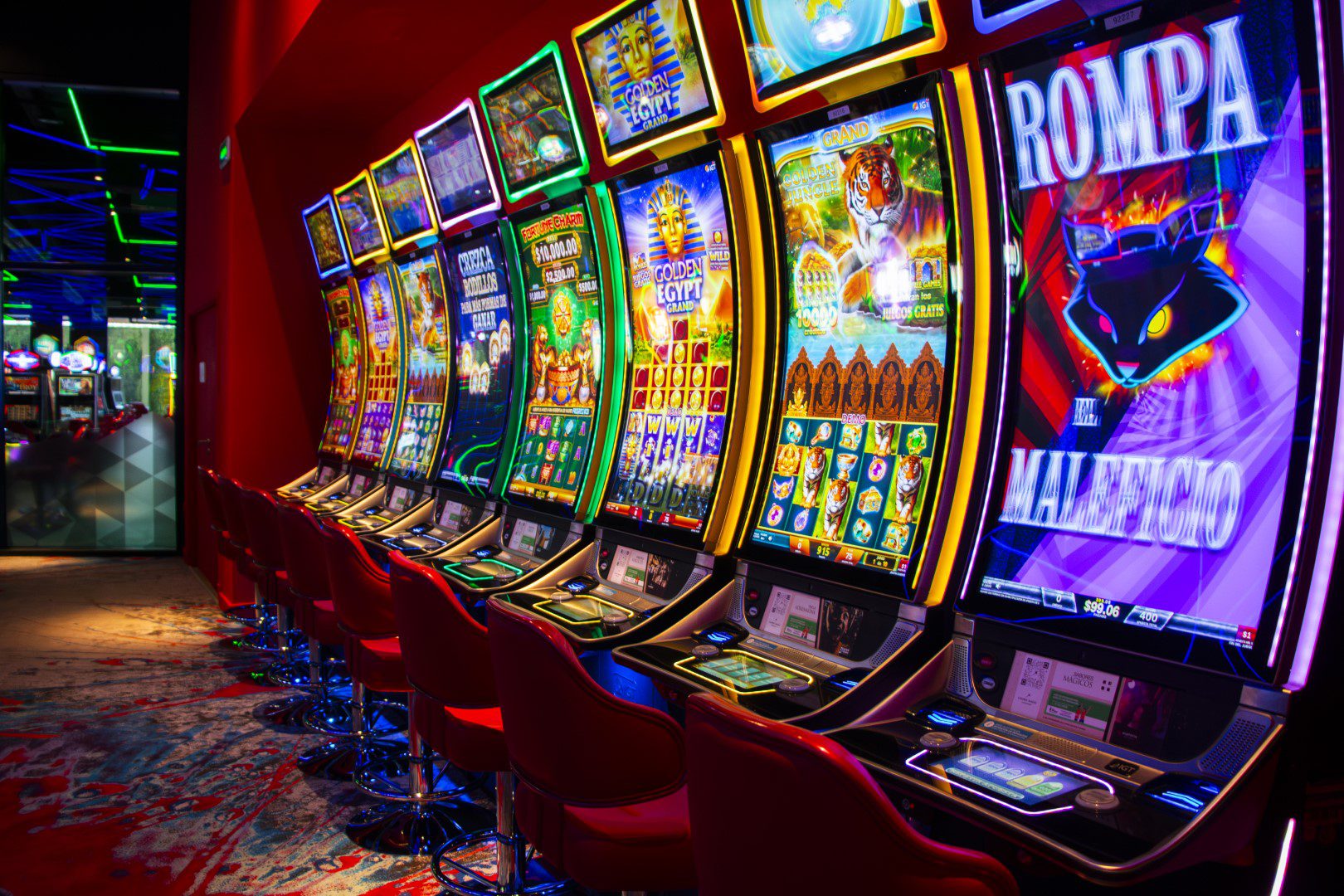In the competitive world of online casinos, platforms such as 22Bet leverage advanced neuromarketing techniques to subtly yet powerfully influence players’ betting decisions. Neuromarketing, the science of understanding how the brain responds to marketing stimuli, is being strategically utilized by casinos to maximize engagement, enhance user experience, and significantly increase player spending. While casinos never literally force a bet, neuromarketing methods cleverly tap into subconscious processes, nudging players toward specific actions—often without their explicit awareness. This article explores precisely how neuromarketing techniques are shaping the gambling industry and compelling players into continuous betting.
Understanding Neuromarketing in Gambling
Neuromarketing combines neuroscience, psychology, and marketing strategies to understand and influence consumer behaviors at a subconscious level. Casinos extensively apply these insights to create gaming environments that stimulate continuous play and higher spending.
How Neuromarketing Works
Neuromarketing studies brain reactions—specifically emotional and cognitive responses—to various stimuli, including visual cues, sounds, and interactive elements. By analyzing these reactions, casinos effectively design gaming platforms that resonate deeply with players’ subconscious desires and impulses.
Subconscious Influence
Rather than overt persuasion, neuromarketing subtly impacts subconscious decision-making. Players rarely recognize these influences consciously, yet they significantly affect betting behaviors, increasing the frequency and size of wagers.
Visual Stimuli: The Power of Colors and Graphics
Visual cues are among the most impactful neuromarketing tools casinos employ to enhance player engagement and influence betting decisions.
Strategic Use of Colors
Casinos carefully select colors based on their psychological impact. Bright, vibrant colors such as reds, golds, and yellows stimulate excitement and urgency. Red, particularly, is associated with urgency, passion, and increased heart rate, subtly encouraging impulsive decisions and rapid gameplay.
Attractive Graphics and Animations
High-quality graphics, animations, and visually appealing interfaces are crucial for maintaining player attention and emotional involvement. Platforms invest significantly in visually stimulating games that heighten emotional responses, maintaining prolonged engagement and higher betting activity.
Audio Stimuli: Sounds that Influence Betting
Sound plays a surprisingly critical role in neuromarketing, profoundly affecting emotional states and decision-making processes.
Ambient Casino Sounds
Casinos replicate traditional gaming environments through authentic casino sounds—chips clinking, slot machine bells, and subtle background music. These sounds subconsciously cue familiarity, comfort, and excitement, creating immersive environments that encourage sustained play.
Reward and Anticipation Sounds
Specific audio cues accompany wins, near-misses, and special game events. Reward sounds are particularly powerful, stimulating dopamine release and reinforcing continued play, while anticipation sounds heighten excitement, prompting further betting.
Psychological Triggers: Leveraging Cognitive Biases
Casinos use cognitive biases strategically, leveraging human psychology to enhance betting frequency and intensity.
Loss Aversion and Risk-Taking
Players naturally fear losing more than they value winning, known as loss aversion. Casinos exploit this by structuring betting systems where players feel compelled to continue betting to avoid realizing a loss or to “win back” money, significantly increasing overall wagers.
Anchoring and Price Perception
Casinos frequently present high betting options alongside lower ones, influencing players to perceive mid-range bets as reasonable. This anchoring effect subtly raises average bet amounts, encouraging players to spend more without feeling excessive.
Reward Systems: Dopamine and the Casino Experience
Neuromarketing heavily emphasizes dopamine release—central to the brain’s reward system—using intermittent reinforcement to encourage persistent gambling behaviors.
Intermittent Reinforcement
Casinos implement reward systems where wins occur unpredictably. This unpredictability significantly enhances dopamine release, reinforcing repetitive betting behaviors and increasing the psychological desire to continue playing.
Near-Misses and Anticipation
Games often incorporate frequent near-misses—outcomes close to winning but ultimately unsuccessful. These near-misses strongly stimulate dopamine production, maintaining players’ motivation and prolonging gameplay, often leading to increased spending.
Personalization and Gamification
Personalization and gamification techniques in neuromarketing deepen user engagement, making betting irresistible for players.
Personalized Offers
Casinos use advanced analytics to offer personalized bonuses, recommendations, and promotions tailored specifically to individual betting behaviors and preferences. Personalized experiences create stronger emotional bonds, significantly enhancing user loyalty and repeated betting.
Gamification Features
Achievements, leaderboards, and level progression systems encourage players to continuously engage. These gamified elements leverage players’ competitive instincts, fostering a deeper emotional and psychological commitment to continuous betting.
Social Proof and Community Influence
Social proof, a powerful psychological principle, is extensively leveraged by casinos to influence players’ betting behaviors.
Testimonials and Reviews
Casinos prominently display player testimonials and success stories, reinforcing perceptions of attainable winnings and fostering trust. This form of social proof encourages players to continue gambling, believing success is achievable.
Community Features
Social gaming features—chat rooms, multiplayer games, and community events—enhance player engagement. The desire to belong and interact within a community significantly boosts sustained participation and repeated betting activity.
Mobile Accessibility and Instant Gratification
Mobile technology integration enhances neuromarketing effectiveness by delivering instantaneous betting opportunities directly to players’ fingertips.
Continuous Availability
Mobile gambling apps ensure continuous accessibility, eliminating spatial and temporal constraints. The instant availability of betting opportunities significantly increases impulsive betting behavior and frequency.
Push Notifications and Alerts
Mobile platforms utilize push notifications, triggering immediate responses and impulsive play. Timely alerts about bonuses, limited-time offers, and personalized incentives directly stimulate players to engage immediately.
Ethical Considerations and Responsible Gambling
While neuromarketing proves extremely effective in increasing betting, ethical considerations must guide its implementation.
Transparency and Player Awareness
Ethical neuromarketing practices require transparent communication about gambling risks and the psychological tactics used. Casinos have a responsibility to educate players about subconscious influences, empowering informed decision-making.
Implementing Responsible Gambling Tools
Responsible gambling measures, including betting limits, self-exclusion options, and behavioral tracking, are essential complements to neuromarketing. These tools help mitigate risks associated with subconscious influences, promoting sustainable gambling behaviors.
Conclusion: Navigating Neuromarketing in Gambling
Neuromarketing significantly enhances the effectiveness of casino marketing by deeply influencing player psychology and subconscious behaviors. Platforms exemplify sophisticated neuromarketing applications, subtly compelling players toward continuous betting through strategic visual and audio stimuli, psychological triggers, personalized experiences, and social engagement.
Recognizing and responsibly managing these influences is critical. While neuromarketing undeniably drives player engagement and casino success, ethical implementation, transparency, and robust responsible gambling frameworks ensure player protection and sustainable enjoyment.
Ultimately, understanding neuromarketing equips players and casinos with essential insights, promoting responsible, informed gambling choices while ensuring vibrant, engaging gaming experiences.





